Transformative Service Learning Experiences in Education
By , April 4, 2025
Overview
Service learning blends classroom lessons with community service. It’s a hands-on way for students to use what they learn while helping others. This approach boosts skills, builds character, and strengthens communities. More schools are embracing service learning experiences in education because they work.
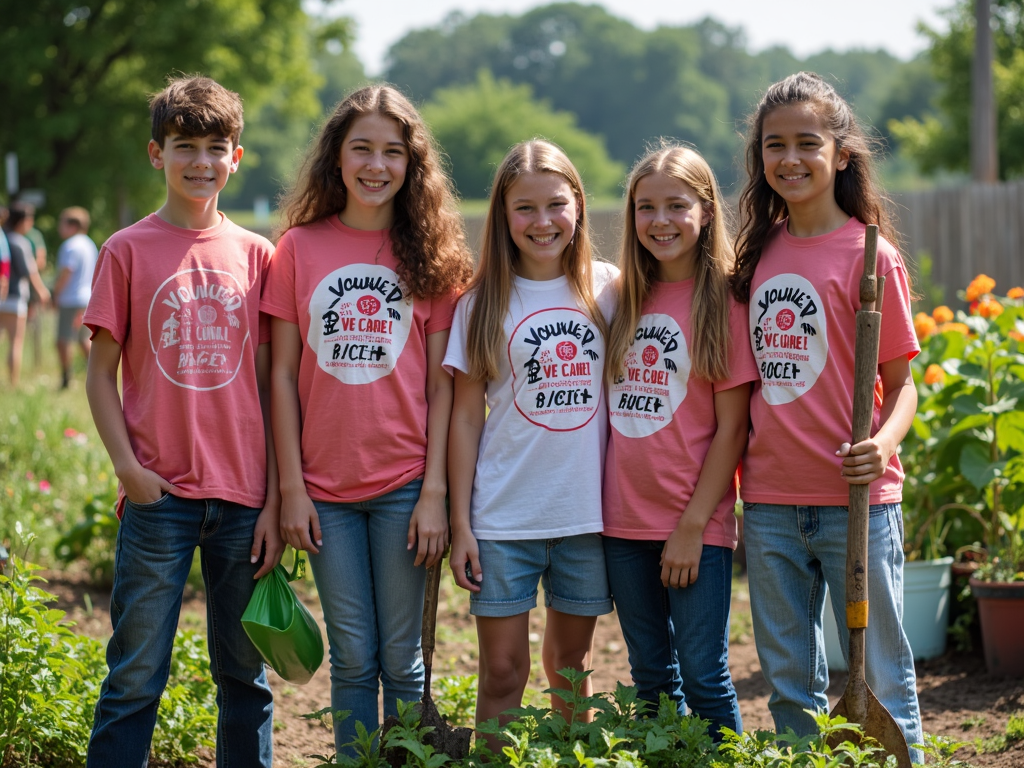
What Is Service Learning?
Service learning is more than volunteering. It ties academic goals to real-world action. Students might clean a park to study ecosystems or tutor kids to practice teaching skills. It’s learning by doing, with a purpose. Communities gain, and students grow.
Take my friend Sarah, for example. She joined a service learning project in high school. Her class teamed up with a local food bank. They organized donations and served meals. Sarah learned about hunger issues firsthand. She said it changed how she saw the world.
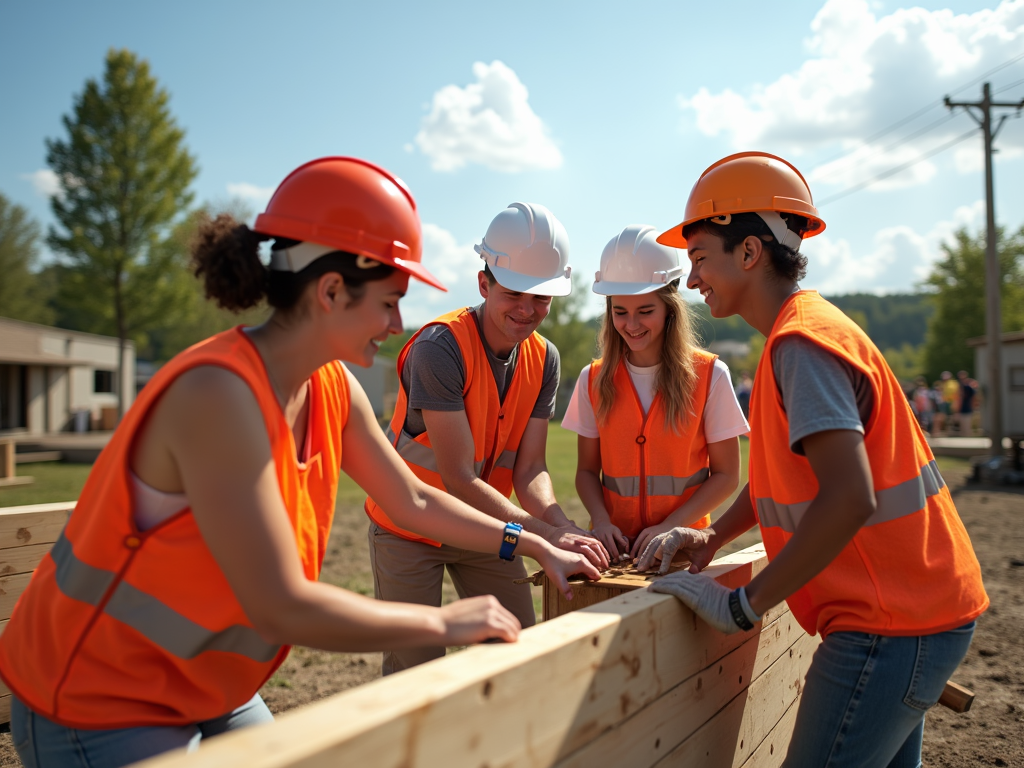
Why It Matters
Service learning experiences in education spark growth. Students don’t just memorize facts—they apply them. Studies show this boosts understanding and critical thinking. A report from the National Service-Learning Clearinghouse found students in these programs often outperform peers academically.
Beyond grades, it builds life skills. Students gain confidence and empathy. They meet people from different backgrounds and tackle real problems. For instance, volunteering at a shelter taught me how small actions can make a big difference. It’s personal growth you can’t get from a textbook.
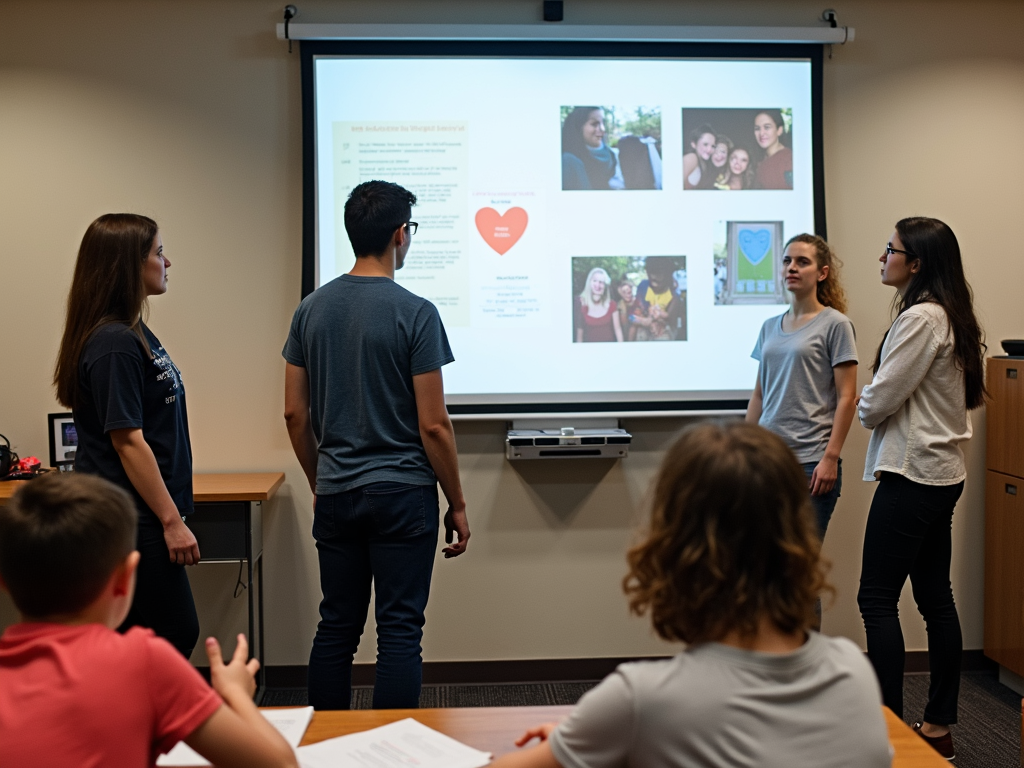
Real Examples in Action
Let’s look at some service learning in action. A group of middle schoolers I know worked with an animal rescue. They made posters and ran an adoption event. The dogs got homes, and the kids learned marketing skills. It was a win-win.
Then there’s a college program I heard about. Students traveled to a rural area to build water systems. They used engineering skills and learned about global needs. One student told me it was tough but eye-opening. They felt proud seeing clean water flow.
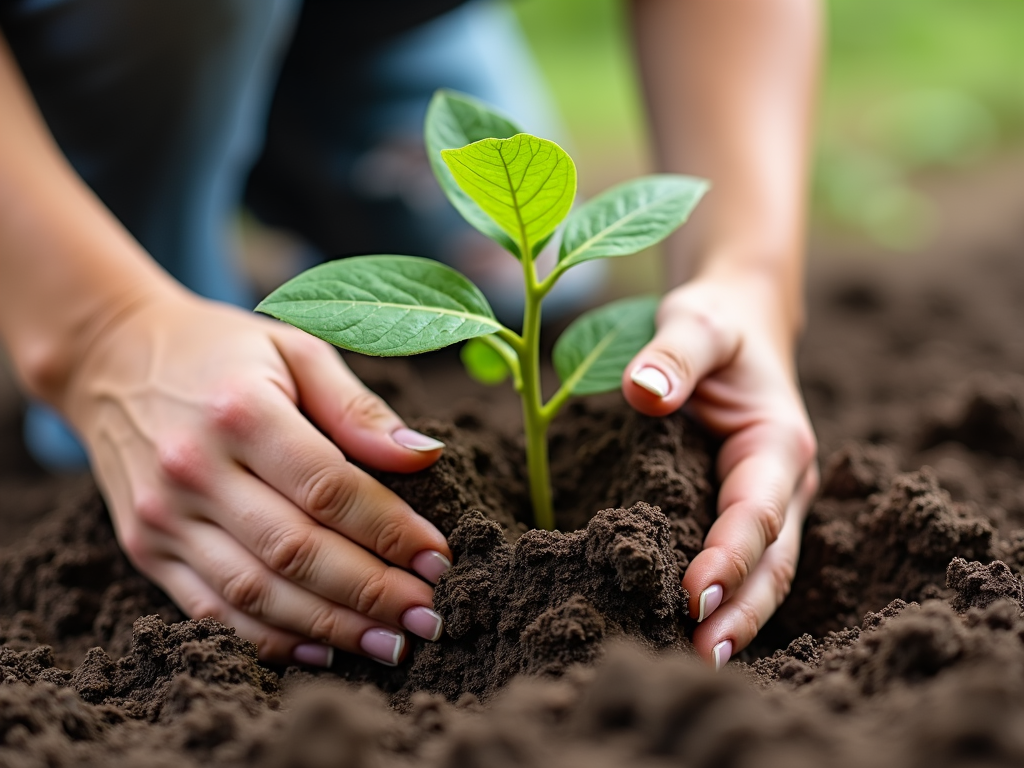
How It Fits Into School
Service learning fits many subjects. In history, students might document a town’s past for a museum. In science, they could test local water quality. Teachers plan these projects to match lessons. It’s not random—it’s tied to what students study.
Here’s a quick look at how it works across subjects:
| Subject | Service Learning Idea |
|---|---|
| Science | Test river pollution levels |
| English | Write stories for kids at a library |
| Math | Budget a fundraiser for a charity |
| History | Create a local history walking tour |
This keeps learning fresh and practical.
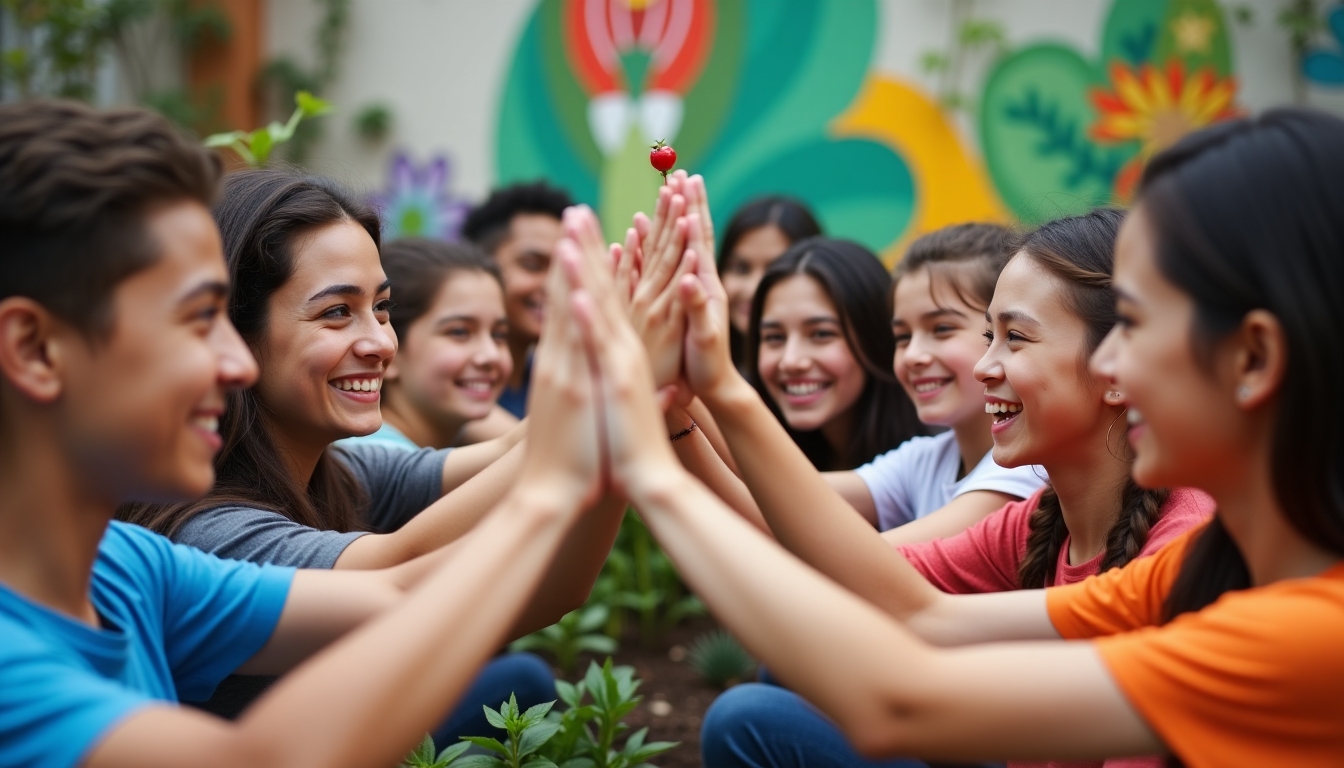
Making It Work
Good service learning needs planning. Teachers set clear goals and team up with community groups. Students reflect on what they learn, often through journals or discussions. I’ve seen this reflection turn a simple volunteer day into a deep lesson.
Communities play a big role too. Local groups—like shelters or parks—get help and share knowledge. It’s a partnership. For example, a nonprofit once taught my class about recycling while we sorted donations. We helped them, and they helped us learn.
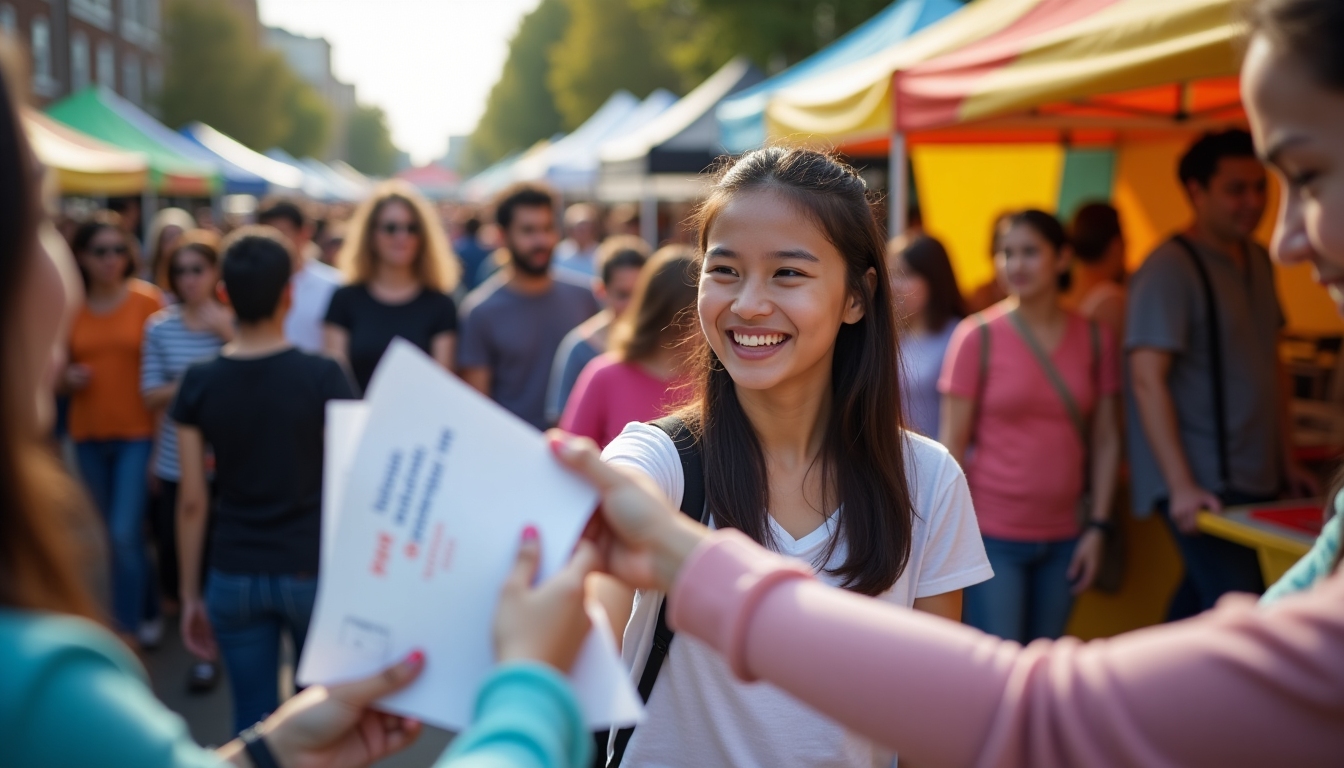
Challenges and Rewards
It’s not always easy. Scheduling can be tricky, and not every project goes perfectly. Once, my group planned a clean-up, but it rained. We adapted and made flyers instead. Flexibility matters. The rewards—skills, connections, and impact—make it worth it.
The numbers back this up. A study by Learn and Serve America showed 80% of students felt more connected to their community after service learning. That’s huge. It’s not just about grades—it’s about building better people.
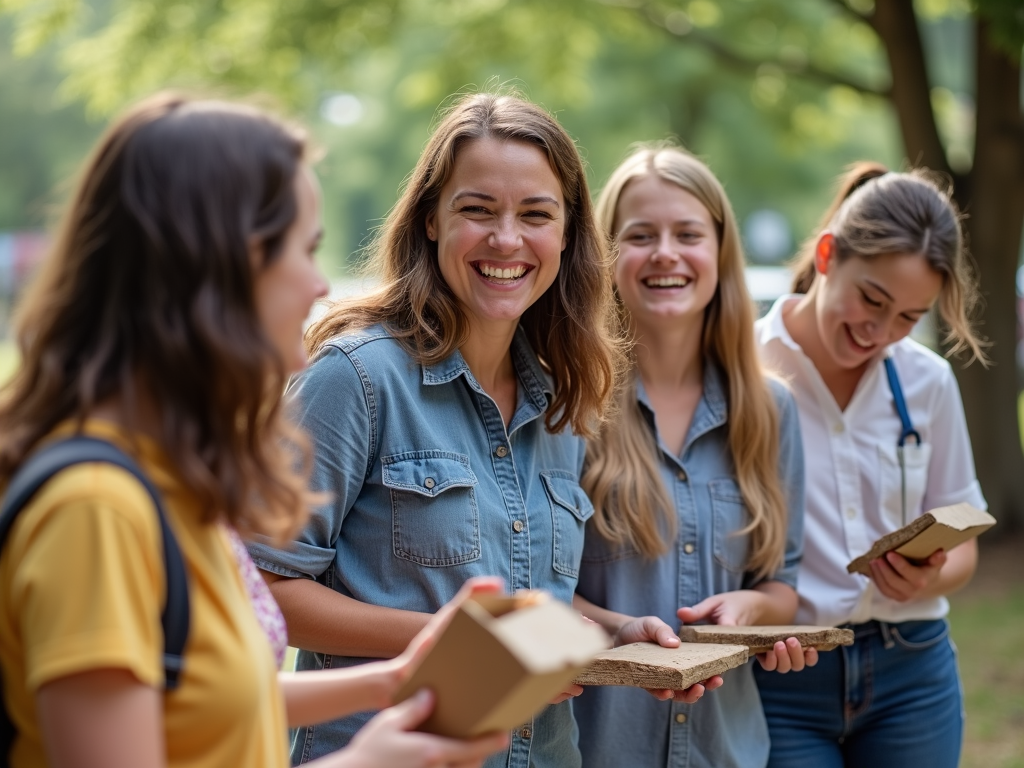
Summary
Service learning experiences in education are game-changers. They mix school with real-world action, helping students and communities alike. Kids learn by doing, grow personally, and take pride in their work. As more schools adopt this, it’s shaping a generation ready to contribute. Want to dig deeper? Check out the recommended readings below.